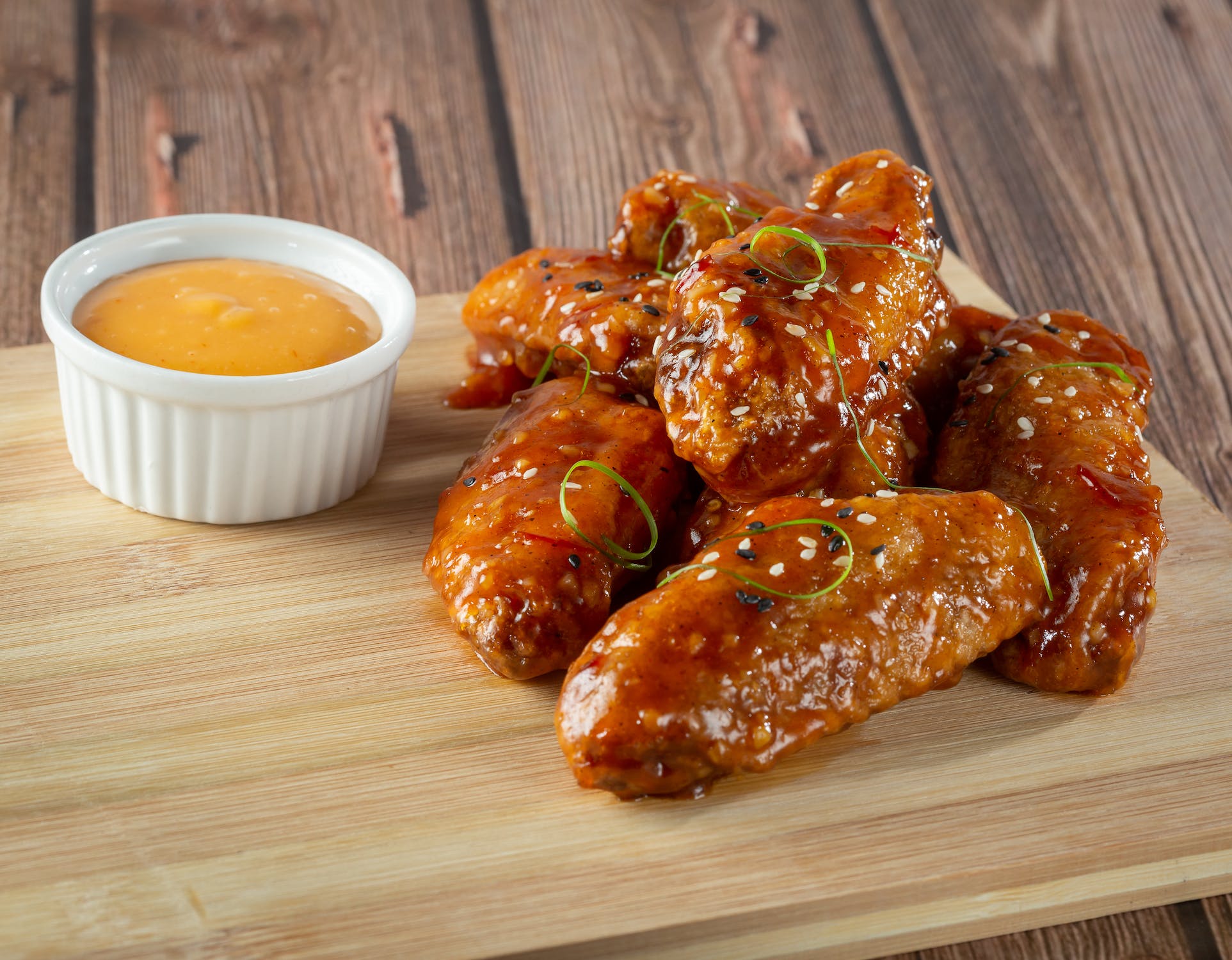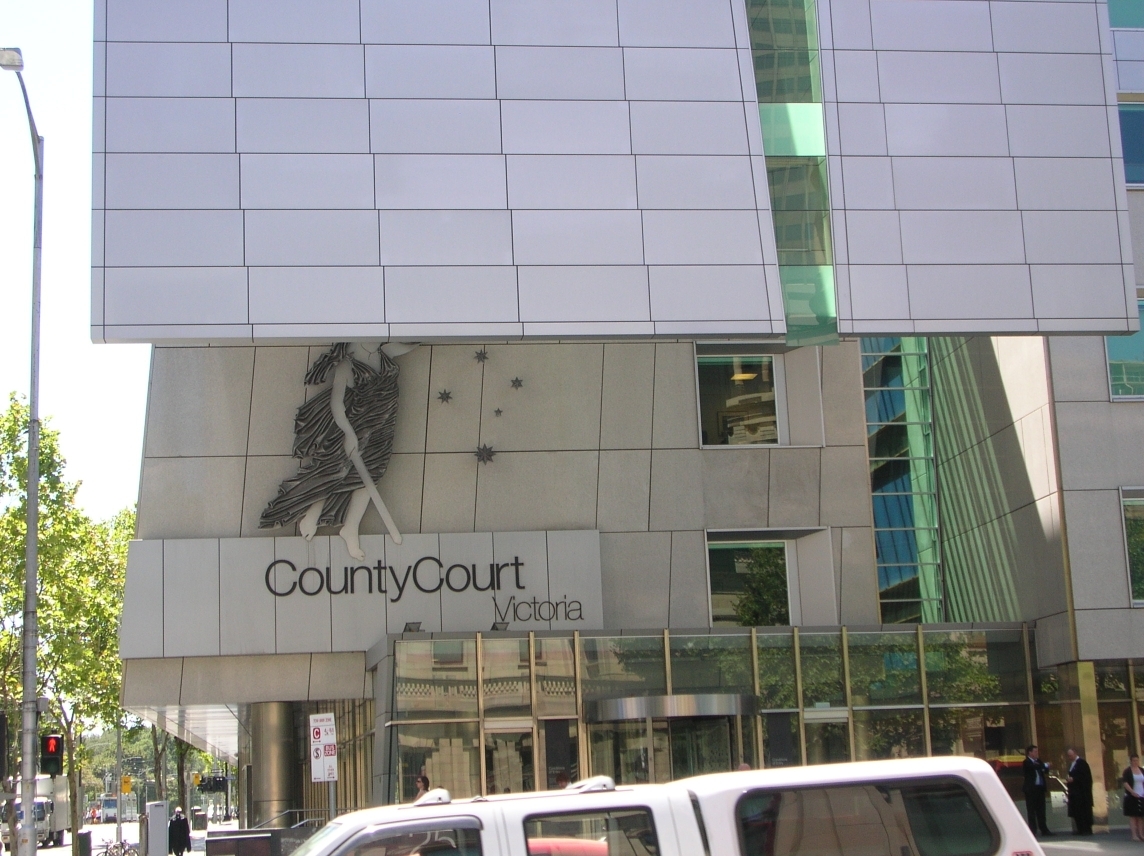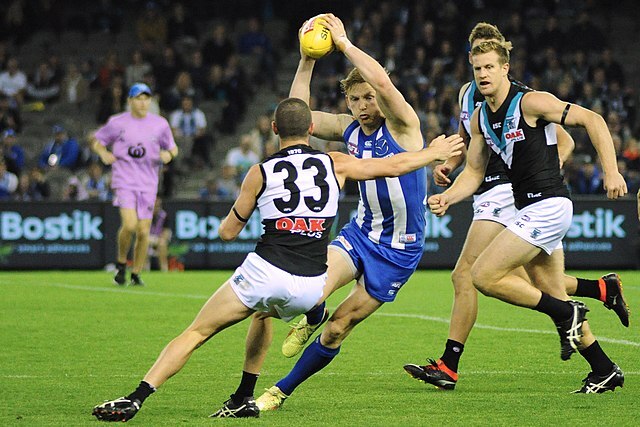Growing up in a house where Emmylou Harris and Gram Parsons were musical stables, Julia Hughan was destined to be a music country fan. ‘I had over 4,500 country songs on my iTunes. That’s when I realised I was a big country music fan,’ she says.
After completing her coursework in communications, Hughan began her honours dissertation for her Bachelor of Arts (Honours) qualification at Monash University. ‘I’m a country music fan and I wanted to meld that with my academics.’ Hughan has since narrowed in on a topic and is examining the cultural and technological convergence of the country music audience into online media. An interesting topic given that the stereotypical country music fan doesn’t appear to be tech savvy.
So is country music going to struggle in the digital age?
Or are the perceptions of country music listeners incorrect?
Upstart’s Ryan Jon talks with Julia Hughan to find out.
Ryan Jon: Am I guessing correctly that country music fans weren’t early adopters of new media?
Julia Hughan: Country music fans certainly aren’t digital pioneers, but they are not too far behind the typical music consumer.
R: How willing is the country music demographic to change their music listening habits from old to new media?
J: There really isn’t a single country music demographic. Like all forms of music, there are older people who have been listening to the radio for decades and aren’t interested changing. Younger fans have been brought up surrounded by new media and that’s where new media becomes central to the conversation. The country music industry needs to keep up with the times and engage and enlist younger audiences who have come to expect an active music experience.
R: What are the most popular new media destinations for country music?
J: The MTV Network owned CMT.com is the largest online destination for country music in the world streaming over 100 million videos per year.
The Australian market has a much smaller fan base but audiences are loyal. The biggest online destinations are CountryMusicChannel.com.au and HitCountry.TV and they are both developing and expanding country music’s online presence in Australia.
R: How big is the country music market in Australia?
J: It’s a small but dedicated fan base. Country music is faced with many negative stereotypes that don’t accurately reflect the music. Country music is fun and relevant but many people who are not familiar with the music associate it with a particular lifestyle – bush, utes and line dancing.
R: Can this be changed?
J: I think it’s critical for the Australian country music industry to invest time, energy and money into shifting the negative perception away from the music and develop new talent. The country genre produces great music, it’s relatable and it’s entertaining. If more people are able to see that it will certainly help the industry grow.
R: How important is the use of new and social media for the future of country music?
J: A universal trait of the country music fan is the expectation of interaction with the artist. This interaction between artists and fans has always happened offline with meet and greets and artists simply talking to fans after shows or signing autographs. That tradition is now simply extending to the digital realm. Taylor Swift built her career on MySpace by blogging, commenting, posting personal videos and opening up a two way conversation with fans. Artists like Blake Shelton are constantly using Twitter as a tool to foster direct interaction with fans.
Julia Hughan’s dissertation will be completed later this year and available for public view via the Monash University Library in 2011. Hughan blogs about her thesis at Theoretical Country.
Ryan Jon is a part of upstart’s editorial team and is currently enrolled in La Trobe’s Graduate Diploma of Journalism program.








